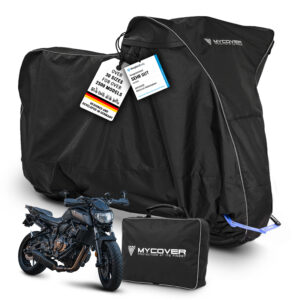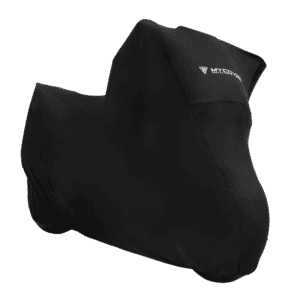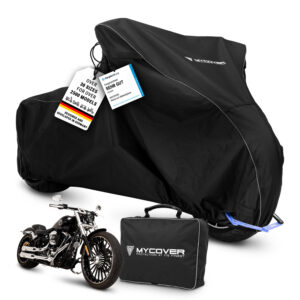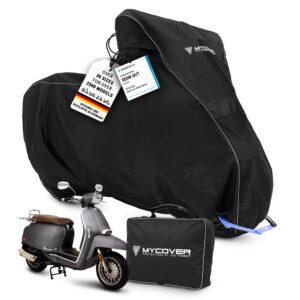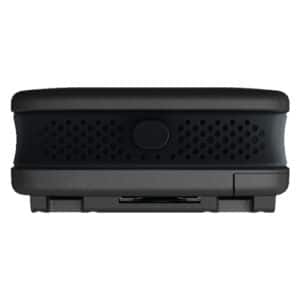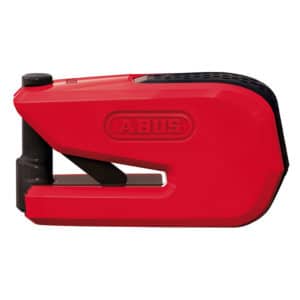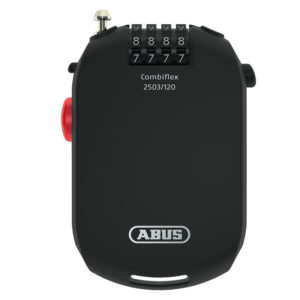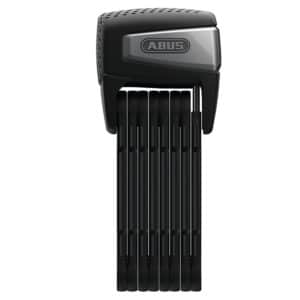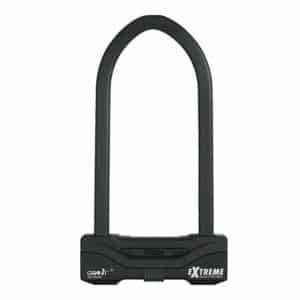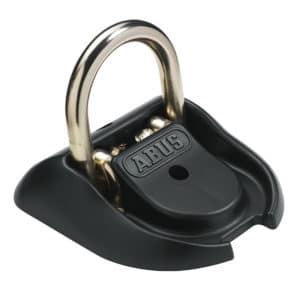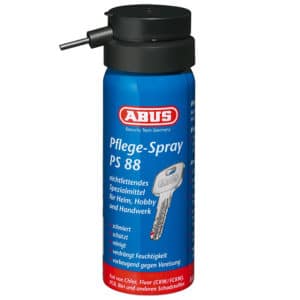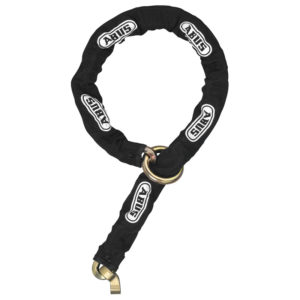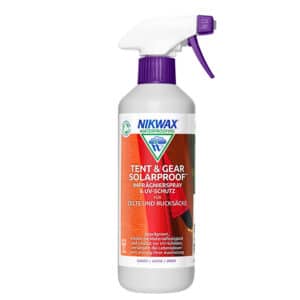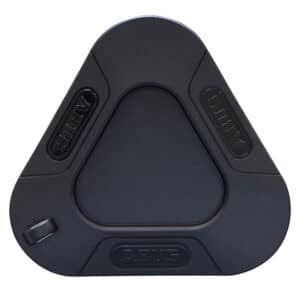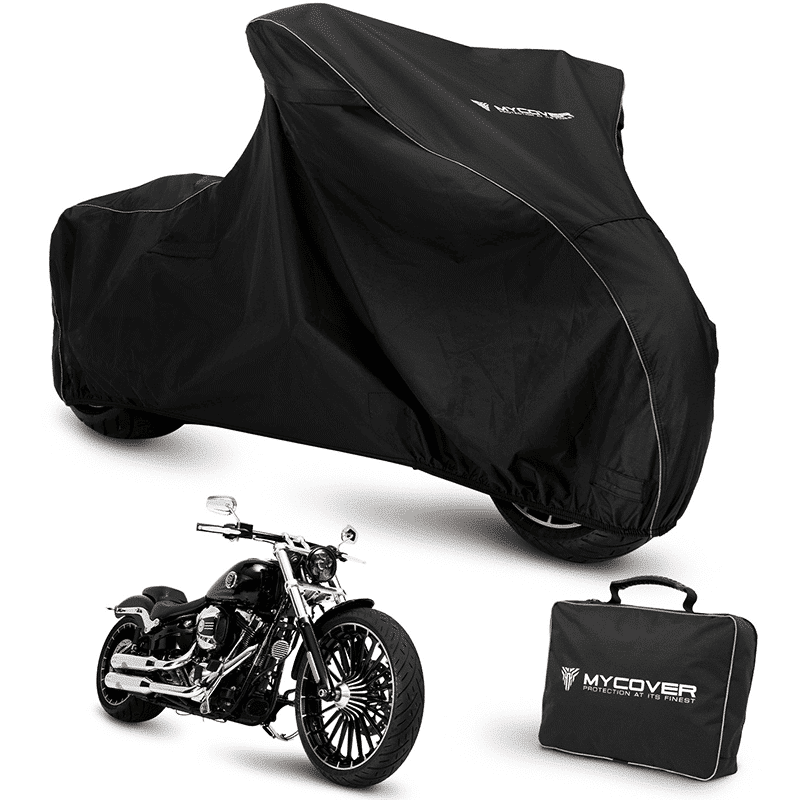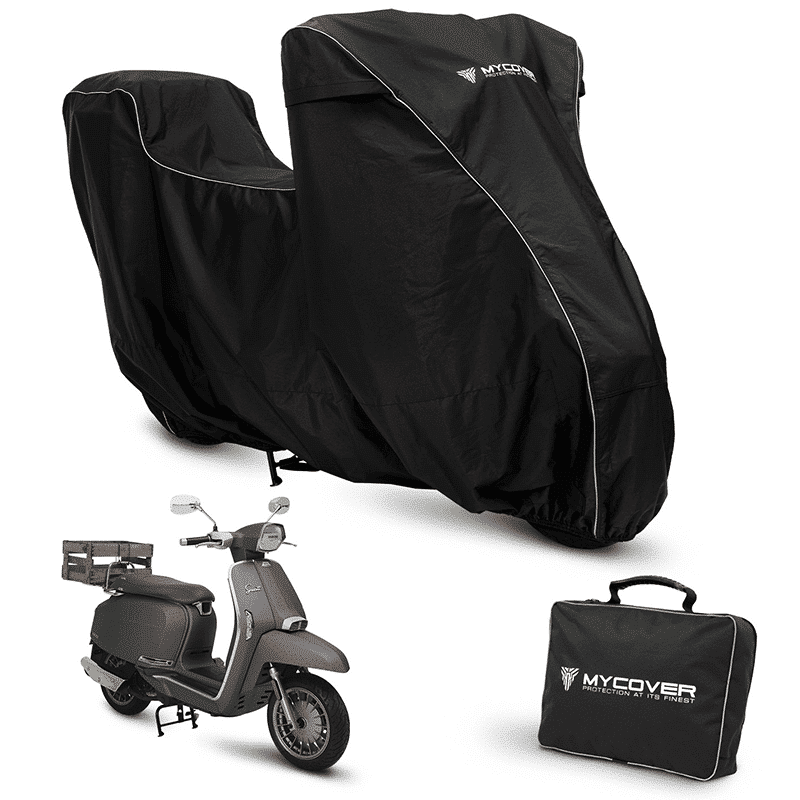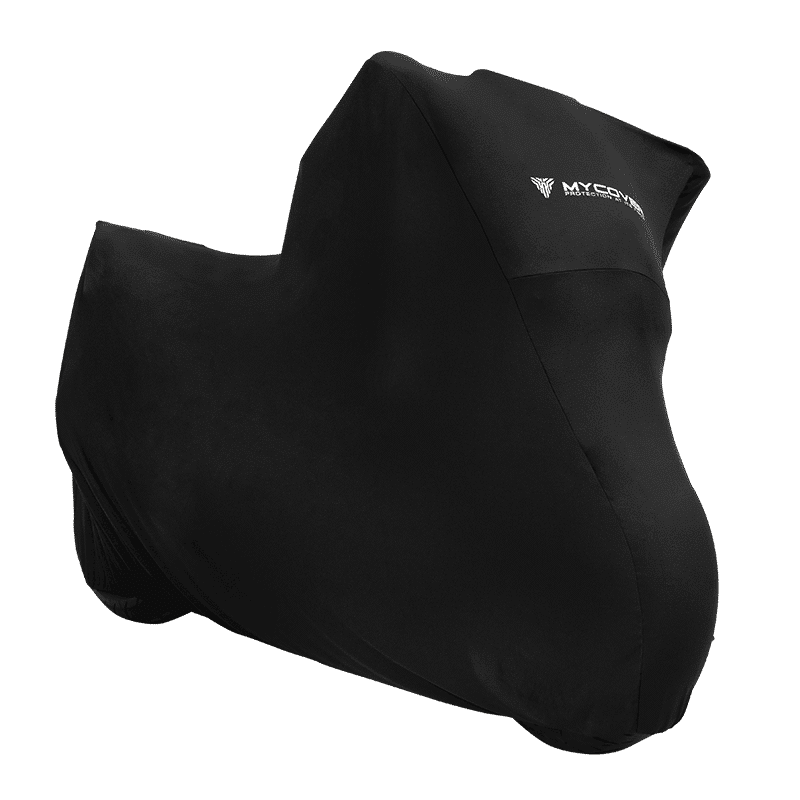Cleaning a Motorcycle Carburetor: how to get your Engine Running Smoothly Again

For many motorcyclists, an uneven engine running, poor starting performance, or loss of power are annoying signals, often caused by a dirty carburetor. Deposits from old fuel, dust, or corrosion can block the fine channels and jets.
The good news is that with the right cleaning, you can get your motorcycle carburetor back in top shape and avoid an expensive repair.
The MYCOVER® team clarifies!
Table of Contents
- Risks and Warning Signs of a Dirty Motorcycle Carburetor
- Step-by-step Instructions for Carburetor Cleaning
- Costs, Effort and Common Mistakes when Cleaning a Motorcycle Carburetor
- Conclusion: this is how You Ensure that your Motorcycle Carburetor Remains Permanently Clean
- FAQ – Frequently asked questions about carburetor cleaning
Risks and Warning Signs of a Dirty Motorcycle Carburetor
A neglected carburetor quickly shows itself through poor starting performance, rough idling, jerking, and less power with higher fuel consumption. Resinous fuel clogs jets, the engine runs too lean or too rich, risking overheating, oil dilution, and costly damage.
Leaky seals allow fuel to escape, increasing the risk of fire and harming the catalytic converter and the environment. To prevent this from happening, you’ll learn here how to clean and properly maintain your motorcycle carburetor.
Step-by-step Instructions for Carburetor Cleaning
The classic method involves removing the carburetor. The components are disassembled, mechanically cleaned, and then often treated in an ultrasonic bath. This cleaning removes even stubborn deposits from jets and channels.
There are also ways to clean the motorcycle carburetor without removing it, for example, by using special additives in the fuel. However, these are usually less thorough and are more suitable as a preventive measure.
Comparison of Common Cleaning Methods
▸ Removal and ultrasonic cleaning
Thoroughness very high, effort high, costs about 80 to 150 euros. Recommended for heavy soiling.
▸ Removal and manual cleaning
Thoroughness high, effort medium, costs about 50 to 100 euros. Recommended for medium soiling.
▸ Cleaning without removal with additives
Thoroughness low, effort low, costs about 10 to 30 euros. Recommended as a preventive measure or for slight deposits.
Note
After cleaning, you should readjust the carburetor so that the engine runs smoothly.
Costs, Effort and Common Mistakes when Cleaning a Motorcycle Carburetor
The prices for cleaning and adjusting a motorcycle carburetor depend on the effort and the workshop. Without removal, it is the cheapest, with disassembly and ultrasound, the time required and costs quickly rise into the three-digit range. The effort ranges from low (without removal) to high (complete disassembly with ultrasound).
- Cleaning without removal: approximately €10 to €30
- Removal and manual cleaning: approximately €50 to €100
- Removal and ultrasonic cleaning: approximately €80 to €150
- Cleaning and adjustment in the workshop: approximately €80 to €200
Typical Problems and Sources of Error
A common cause of renewed contamination is old fuel in the tank that remains over the winter. Leaky air filters also allow dirt particles to enter the system. In addition, it can happen that seals are damaged during cleaning, which leads to unmetered air and thus to poor engine running.
You should definitely avoid completely disassembling the carburetor without specialist knowledge if you do not know exactly how to reassemble it correctly.

Conclusion: this is how You Ensure that your Motorcycle Carburetor Remains Permanently Clean
A thorough carburetor cleaning can help your motorcycle achieve noticeably better starting performance, more power, and lower fuel consumption. Whether you do the work yourself or hire a workshop depends on your technical experience.
With regular riding, clean fuel, and an intact air filter, you can ensure that the next cleaning is only necessary after many thousands of kilometers. After the thorough motorcycle carburetor cleaning, the next step is protection. You can select your perfectly fitting cover in just a few seconds with our size finder.
Your size in 3 clicks
Find your cover now!
If your model year is not on the list, select the model of the same type. If the size does not fit, we will of course take the product back or exchange it.
Fill in the fields above to receive recommendations
FAQ – Frequently asked questions about carburetor cleaning
How often should I clean my motorcycle’s carburetor?
Experts recommend checking the carburetor regularly, especially after long periods of inactivity or intensive driving. If the engine runs unevenly or loses power, cleaning is definitely necessary.
Can I Clean the Motorcycle Carburetor without Removing it?
Yes, in principle it is possible to clean the motorcycle carburetor without removing it. For this you can use special carburetor cleaners that are sprayed into the intake opening. However, if the deposits are too stubborn, a more thorough cleaning with removal by a specialist is necessary.
What Does a Professional Motorcycle Carburetor Cleaning Cost in the Workshop?
The costs can vary depending on the method and workshop. A simple cleaning costs around 50-150 euros, while an ultrasonic cleaning with adjustment and synchronization can cost between 200 and 400 euros. The costs are usually higher for multi-cylinder motorcycles.
Why is it important to clean my motorcycle’s carburetor regularly?
What Signs Indicate that My Motorcycle Carburetor Needs to be Cleaned?
Can I Clean the Motorcycle Carburetor Myself or should I Go to a Workshop?
What Tools and Materials Do I Need for Motorcycle Carburetor Cleaning?
You need:
- Screwdriver
- Carburetor cleaner
- Compressed air or a compressed air gun
- Clean rags
- Optional: Ultrasonic cleaning device for more thorough cleaning
